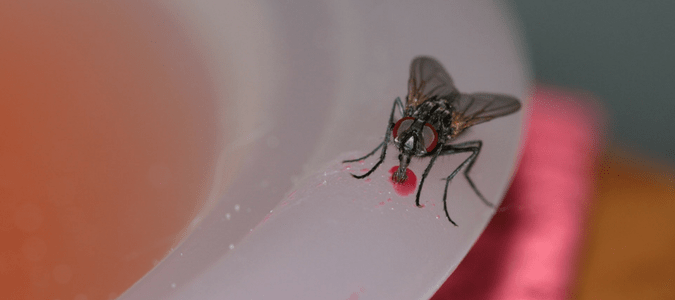House Flies In Winter: Do Flies Hibernate in the Winter?

What’s that buzzing around your kitchen? What is your dog chasing around the living room? What came in when you left the back door open too long? In many cases, the answer is the same: a fly.
Have you ever noticed that house flies seem to disappear during the winter months? How do they virtually vanish in the cold weather and reappear in full force once the weather starts warming up? Read on to find out.
What Flies Do During The Winter
Adult house flies in winter spend their days in cracks and crevices, away from humans. In the spring, these flies lay eggs on decaying materials. Although this behavior can be compared to hibernation, the truth is that flies do not spend the winter months in a deep sleep like some animals, including some species of turtles, snakes, bats, hummingbirds, ladybugs, skunks, and frogs. The cluster fly and other common fly species … Read Full Post »